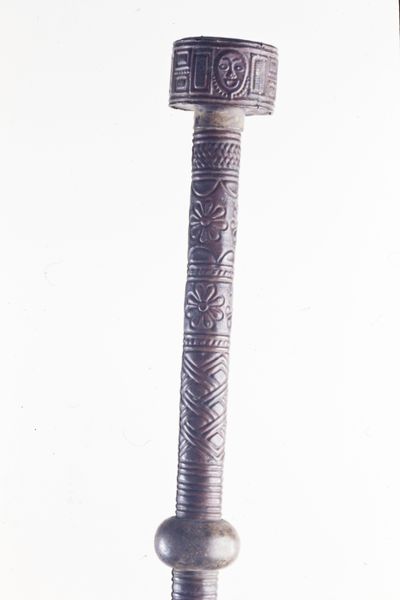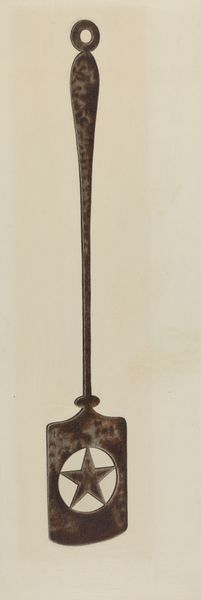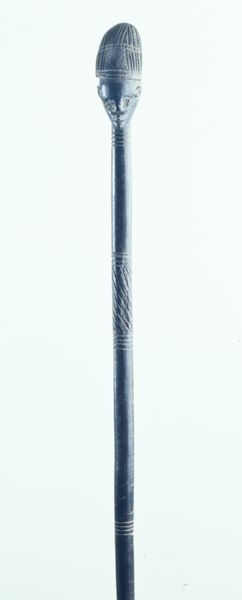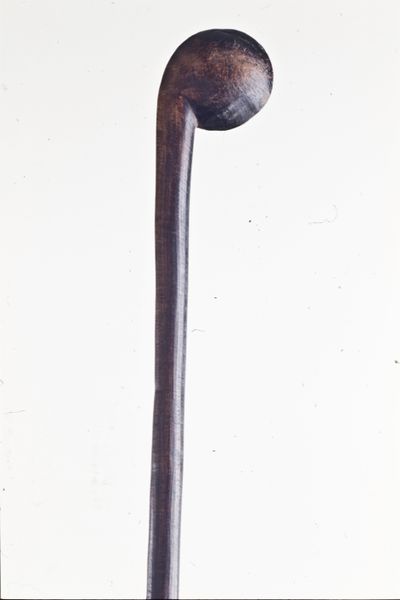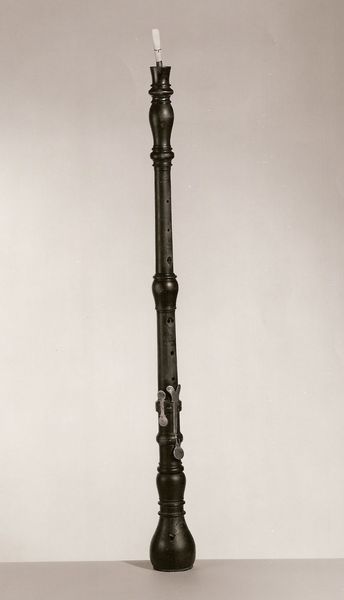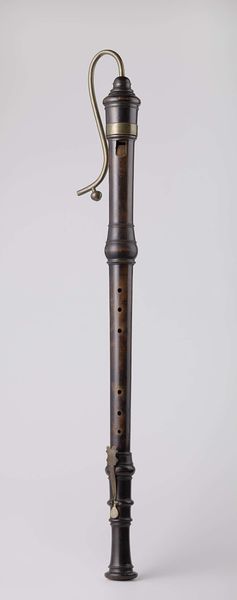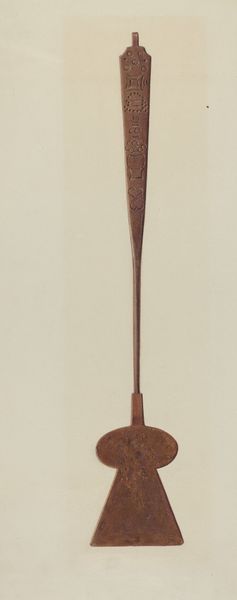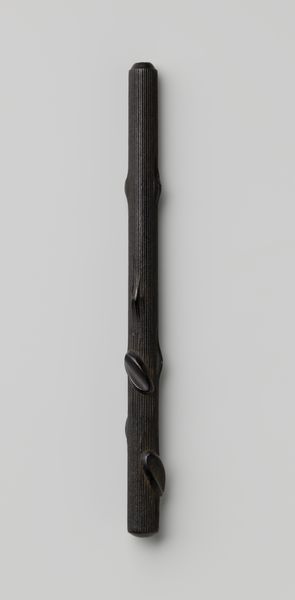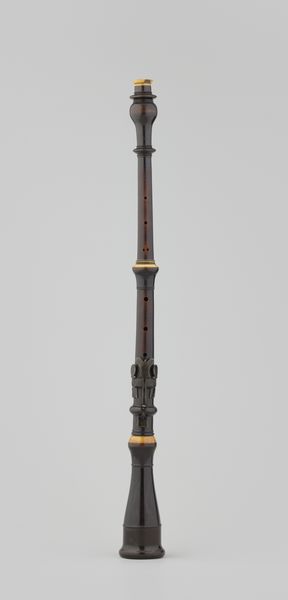
sculpture, wood
#
african-art
#
sculpture
#
figuration
#
sculpture
#
wood
Dimensions: 14 7/16 x 1 3/4 x 1 1/2 in. (36.7 x 4.4 x 3.8 cm)
Copyright: Public Domain
Editor: Here we have a wooden sculpture titled "Staff", date unknown, by Lwimbi, from the Minneapolis Institute of Art. It's intriguing—almost regal. How should we interpret this piece? Curator: Let’s focus on the object’s materiality. Consider the labor involved: the carving of the wood, the selection of the specific type of wood, the application of any finishes, the source of these materials. What can the Staff’s design and execution tell us about Lwimbi’s resources, their access to tools and materials, and their role in the broader social context? Editor: That’s interesting, I hadn’t thought about it that way. I was focused on the face at the top. Curator: The face is undoubtedly important, but think about how the carving relates to the wood's grain and natural properties. Did Lwimbi work with the wood’s natural form or against it? The repeated circular patterns down the shaft also suggest a methodical, perhaps ritualistic, process of making. How might this repetitive action be seen as a form of labor and potentially imbued with meaning? Editor: I see what you mean. It makes me wonder about the social context, too. Who would have used the Staff, and for what purpose? And how might the materials used have reflected that person's status or the value placed on the object within the community? Curator: Exactly. Thinking about consumption allows us to consider how the Staff may have circulated – whether through trade, inheritance, or other means. This perspective also helps us question the assumed hierarchy between “fine art” and “craft.” The careful handiwork here should be regarded as sophisticated intellectual and physical skill, deeply intertwined with the society from which it comes. Editor: This really shifts how I view the object. Considering the process and materials opens up a whole new layer of meaning that I hadn’t appreciated before. Curator: Precisely. By focusing on materiality, we move beyond aesthetics and start exploring the social life of art.
Comments
No comments
Be the first to comment and join the conversation on the ultimate creative platform.
